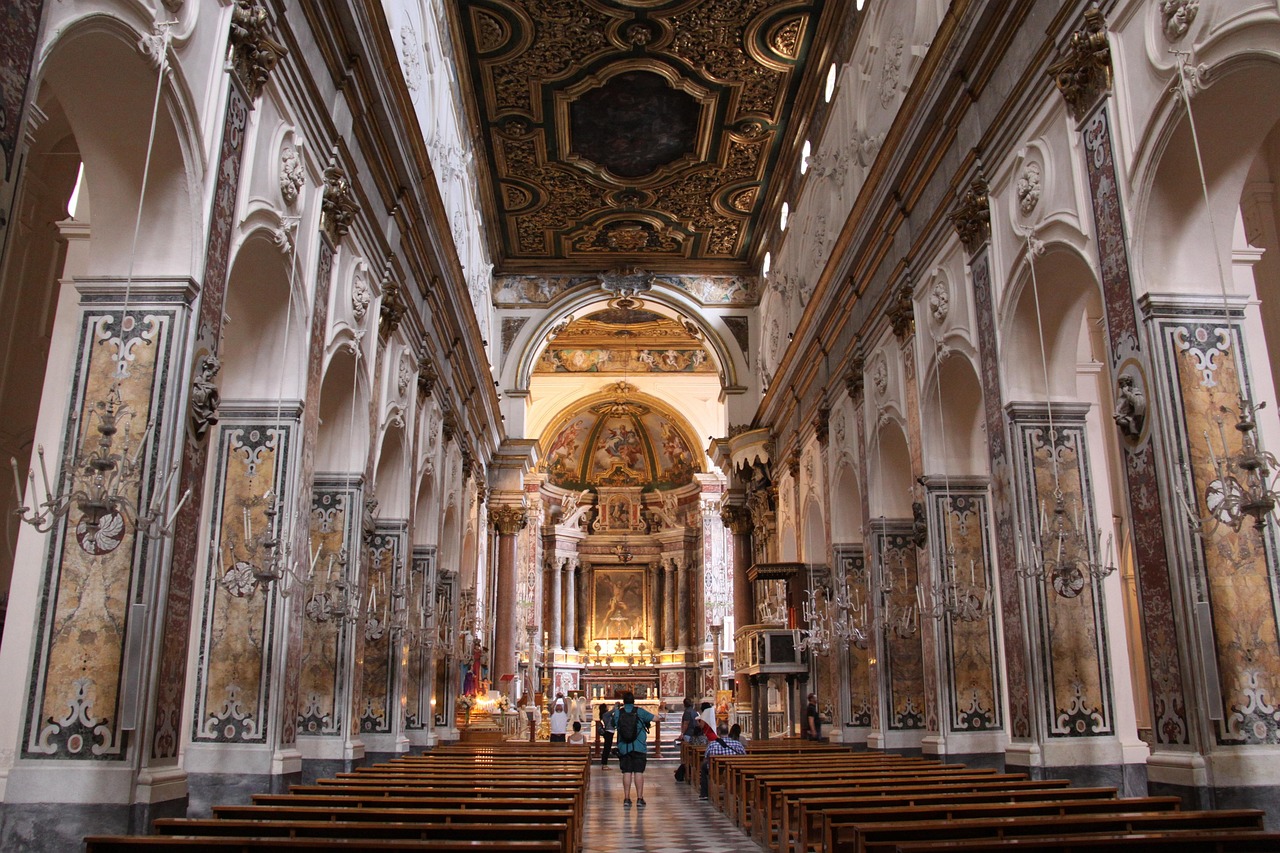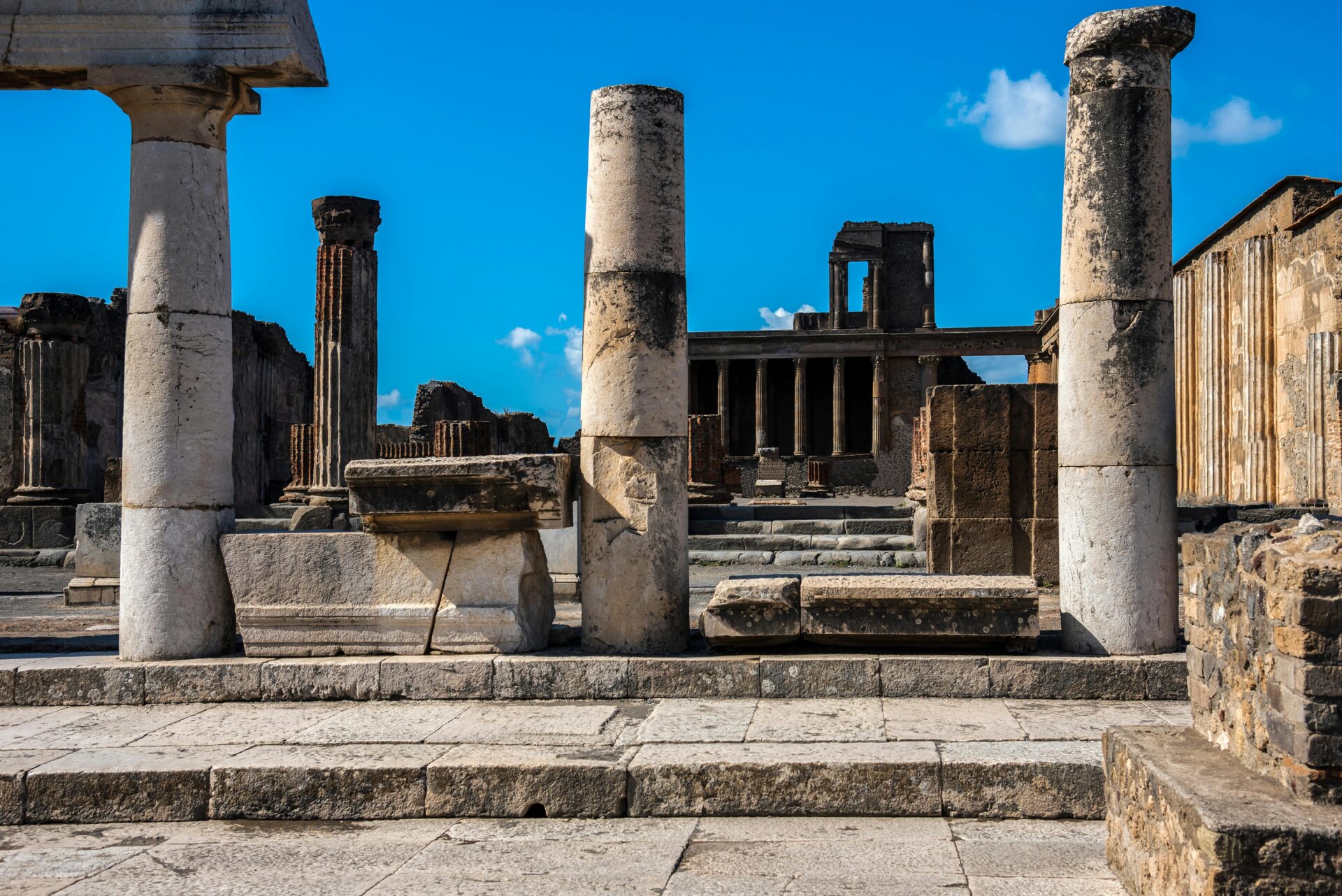Perched on Italy’s breathtaking Amalfi Coast, Amalfi tells stories that run deeper than its postcard-perfect views. As I wandered through this coastal gem, two things instantly caught my attention—those dramatic Cathedral Steps and the historic paper mills that once powered the town’s economy.
Amalfi’s handmade paper tradition, called “bambagina” by locals, stands out as one of Italy’s most treasured artistic legacies. It’s still a big source of pride for people who live here.
The Cathedral Steps sweep up to the Amalfi Cathedral, forming a natural meeting spot where everyone seems to pause for gelato or a bit of people-watching. Most tourists don’t realize these steps have seen centuries of Amalfi’s history, from its days as a mighty maritime republic to the charming destination it is now.
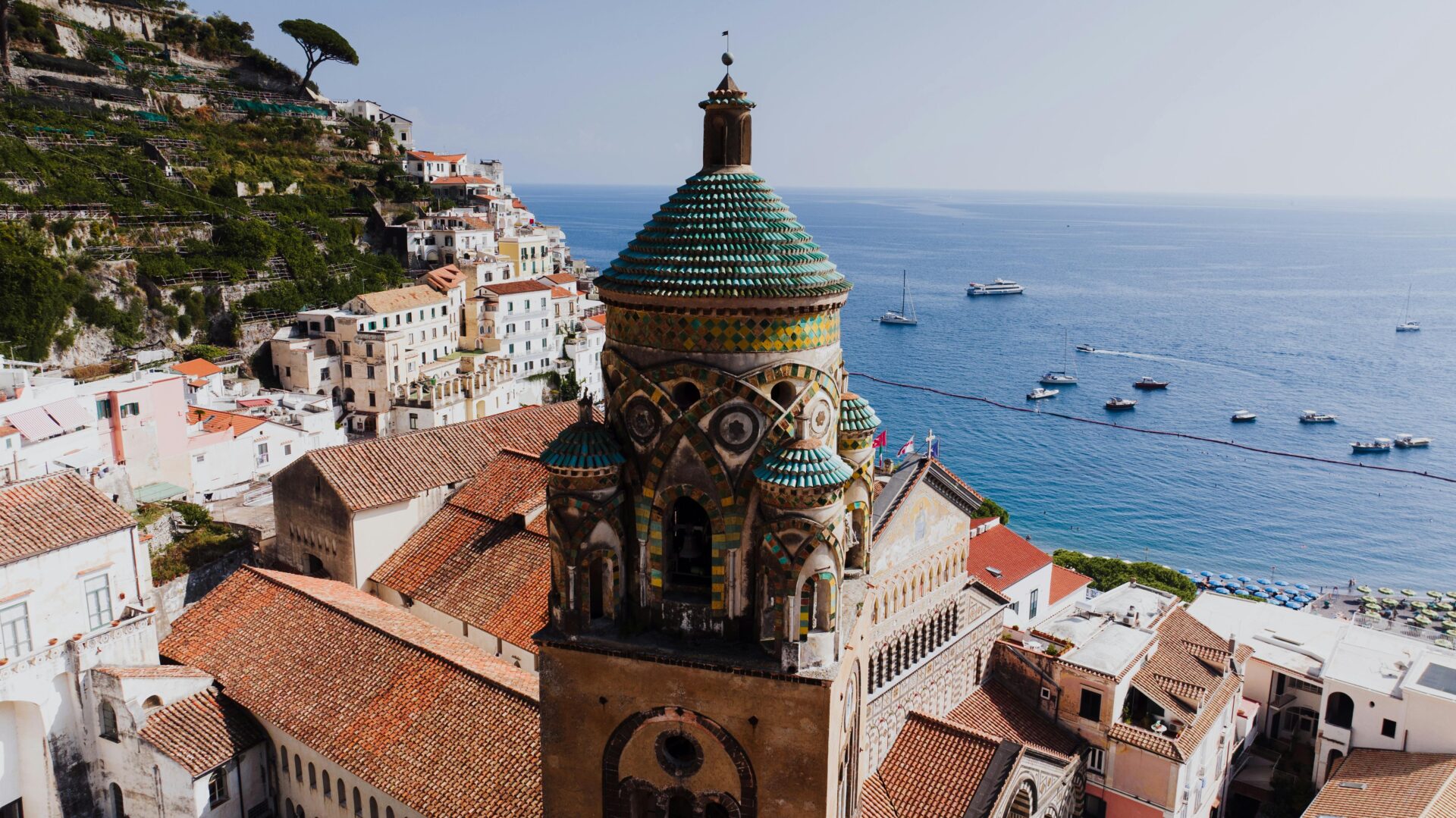
Climbing them for the first time, I kept thinking about all the footsteps that must have worn these stones smooth over the years.
Just a few steps from the cathedral, you’ll stumble onto Amalfi’s paper-making heritage. The Paper Museum celebrates this craft, which arrived from China and flourished here, turning Amalfi into one of Europe’s earliest paper-producing centers.
During my visit, I watched artisans create sheets using old-school methods. The care and dedication they put into preserving this craft made me appreciate the cultural richness tucked away in Amalfi’s narrow lanes.
Unveiling Amalfi’s Cultural Past
Amalfi weaves together a rich tapestry of history that shaped both the town and Italy’s place in Mediterranean life. This coastal community grew from humble beginnings into a powerful force that left a mark on trade, politics, and culture across Europe.
Origins of Amalfi and the Maritime Republic
Walking these tight streets, I can almost hear echoes of the past. Founded in the 6th century, this little fishing village grew into one of Italy’s four great Maritime Republics by the 9th century.
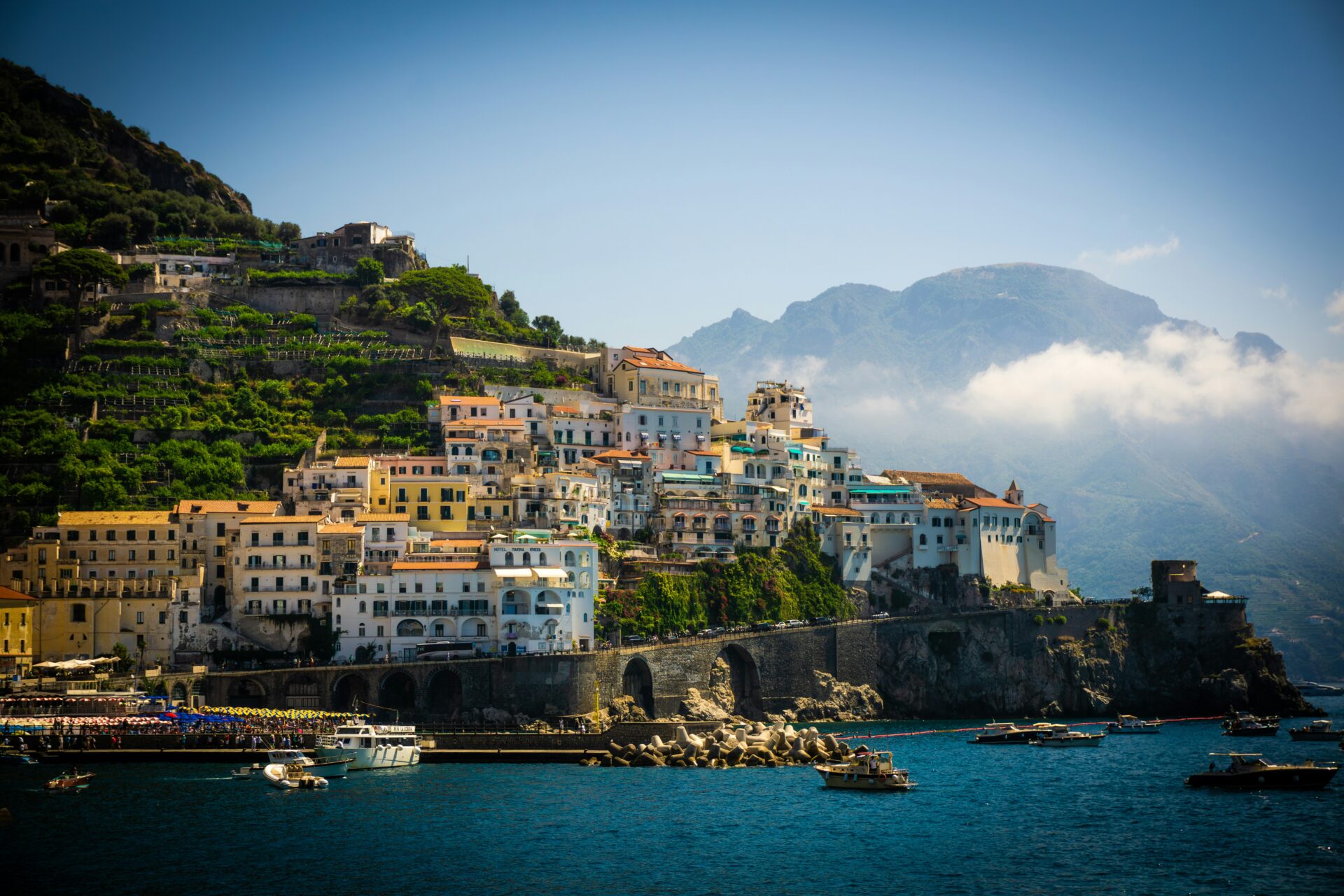
What really fascinates me is how Amalfi rose to prominence even before Genoa, Pisa, or Venice.
Thanks to its strategic spot on the coast, Amalfi built up trade networks all over the Mediterranean. I learned that its merchants were early traders with North Africa and the Byzantine Empire, bringing exotic goods and fresh ideas back to Italy.
But a massive earthquake and tsunami in 1343 tore through medieval Amalfi, destroying much of the town. That disaster changed everything, ending Amalfi’s maritime dominance but leaving behind a legacy that still shapes the region.
The Legacy of Maritime Power
Amalfi’s biggest achievement? The “Tavole Amalfitane”—the oldest maritime code in the Mediterranean. I was surprised to find out these laws shaped shipping and commerce for centuries.
Shipbuilders here came up with new vessel designs that made Mediterranean navigation safer and faster. Their innovations helped Amalfi dominate trade routes between East and West.
Paper production ended up as Amalfi’s lasting legacy. Exploring the old paper mills, I saw how the town introduced Arabic papermaking techniques to Europe, laying the groundwork for Italy’s Renaissance knowledge boom.
What sticks with me is how this small town managed to keep its cultural identity, even while facing powerful neighbors and natural disasters.
Impressions of Southern Italy
The Amalfi Coast really captures Southern Italy’s unique vibe—it’s nothing like the north. The architecture here reflects centuries of contact with Byzantine, Arab, and Norman cultures.
Unlike the frozen-in-time ruins of Pompeii, Amalfi brings history to life. Its cathedral, homes, and workshops have changed with the times, not just stayed stuck in the past.
The rugged landscape shaped both the buildings and the people. Amalfitani culture is all about resilience—adapting to steep hills by building vertically and creating terraced farms that still grow those famous lemons.
Honestly, I’m struck by how Amalfi embodies the southern spirit—history here isn’t locked away in museums, but woven into everyday life, food, and local celebrations.
Cathedral Steps: The Heart of Amalfi’s Spiritual and Social Life
The grand stone steps leading to Amalfi Cathedral act as both a spiritual path and a lively social hub. Locals and travelers gather here, right in the center of town.
These steps have seen centuries of religious ceremonies, community parties, and daily routines.
Amalfi Cathedral: Architectural Marvel and Religious Symbol
The striking Amalfi Cathedral (Duomo di Amalfi), dedicated to Sant’Andrea, towers over the town. I couldn’t stop staring at its bold striped façade, a mix of Arab-Norman, Gothic, Renaissance, and Baroque styles.
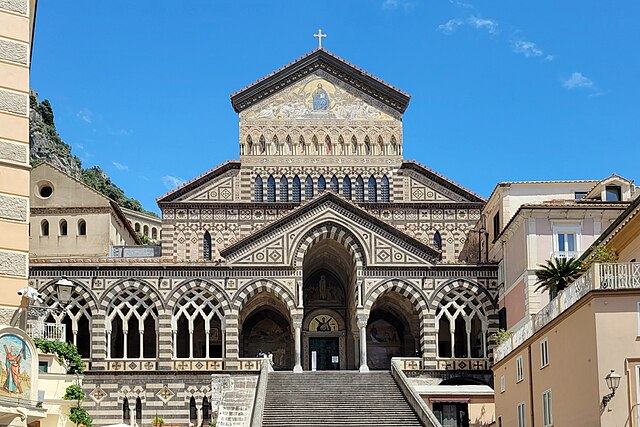
Image Source: Wikimedia Commons
Built in the 9th century and later remodeled, the cathedral holds the remains of Saint Andrew the Apostle. Pilgrims from around the world come to see them.
The bronze doors, made in Constantinople around 1060, are among Italy’s oldest. When I visited during a morning Mass, sunlight poured through the windows, lighting up the Byzantine mosaics and golden ceiling.
Piazza del Duomo and Cathedral Square
The wide steps lead up to Piazza del Duomo, Amalfi’s main square and social center. This spot buzzes with activity from sunrise to late at night.
Local vendors set up stalls with regional treats, and everyone seems to mingle on the café terraces. I remember sipping espresso here, watching kids play and older folks catch up on town gossip.
During religious festivals—especially the Feast of Sant’Andrea in June and November—the square transforms. The saint’s statue is carried down the cathedral steps in a colorful procession, and I was lucky enough to see it.
Cloister of Paradise: Artistry in the Heart of Amalfi
Next to the cathedral, the Chiostro del Paradiso (Cloister of Paradise) offers a calm escape from the busy square. Built between 1266 and 1268, it served as a burial place for Amalfi’s noble families.
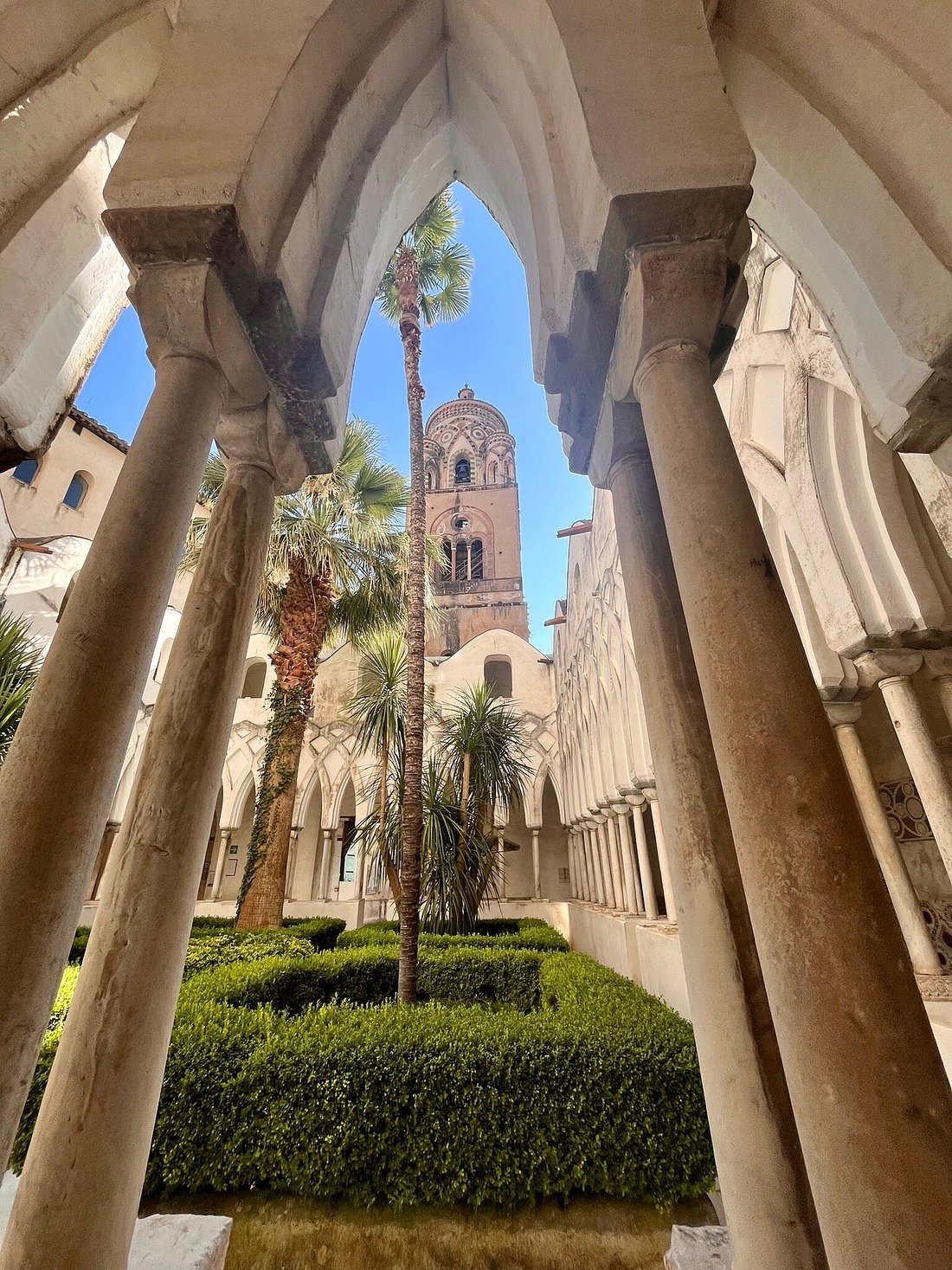
Image Source: Tripadvisor
I was drawn in by the delicate marble columns and the interlaced Arabic-style arches. The patterns cast ever-changing shadows as the day goes on.
Inside, you’ll find faded frescoes of biblical scenes, ancient Roman sarcophagi, and medieval sculptures. These silent pieces hint at Amalfi’s once-prosperous past.
The peaceful garden, dotted with palm trees and Mediterranean plants, gives you a quiet spot to soak in the artistry and spiritual meaning of this place.
Paper Mills and the Art of Papermaking
Amalfi’s papermaking tradition stands out as one of its most distinctive cultural treasures. Generations have preserved the ancient craft, and it still draws curious visitors.
Museo della Carta: Preserving Ancient Traditions
You’ll find the Museo della Carta in a medieval factory building that once bustled with papermaking. Stepping inside, I felt like I’d traveled back in time.
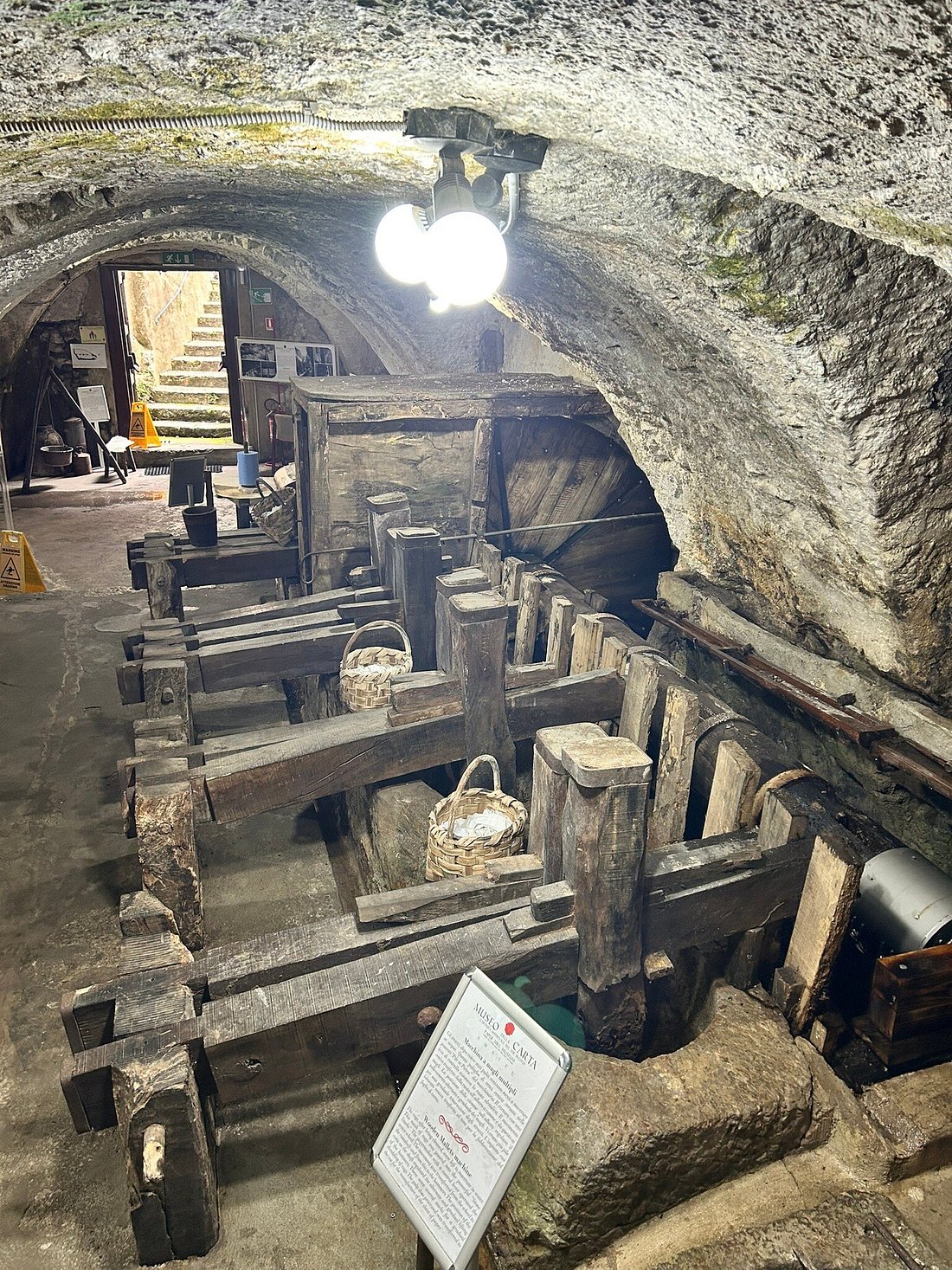
Image Source: Tripadvisor
The museum displays original machinery and tools used by craftsmen centuries ago.
I was especially impressed by the collection of historical documents and artifacts. Their library holds over 3,250 volumes, many printed on real Amalfi paper.
I watched a live demonstration of traditional papermaking. Staff showed how cotton, linen, and hemp fibers become the famous carta d’Amalfi. You can even try making a sheet yourself.
Origins and Evolution of Paper Making in Amalfi
Papermaking started in China in the 2nd century AD, using mulberry bark and bamboo. Arab traders brought the craft west, switching to fabric as the main material.
Amalfi became one of Europe’s earliest papermaking hubs, thanks to its maritime trade routes. The fresh mountain streams powered the mills, making it the perfect spot for paper production.
By the 12th century, Amalfi’s paper had a reputation for exceptional quality. Families like the Amatrudas started mills that passed their secrets down through generations.
Local craftsmen developed special techniques, giving Amalfi paper its unique texture and durability. It became the go-to choice for important documents.
Craftsmanship and Innovation in the Paper Mills
Papermaking in Amalfi blends old traditions with a few clever tweaks. Craftsmen start by pulping cotton, linen, and hemp, then shape the mixture using wooden frames and screens.
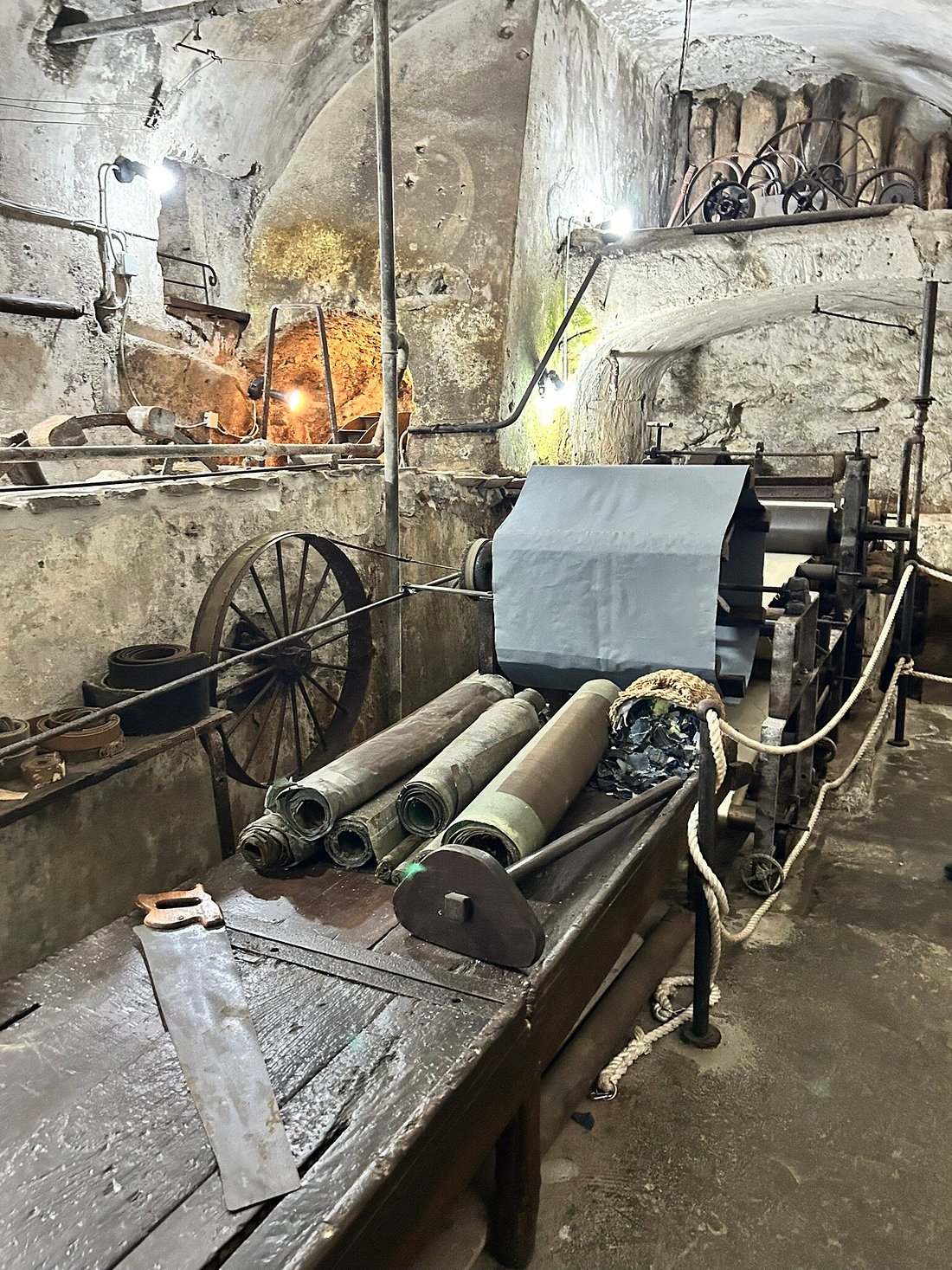
Image Source: Tripavisor
They press each sheet to squeeze out moisture, then hang it to dry in the Mediterranean air. This process gives the paper its signature feel and toughness.
I found it fascinating how the mills have adapted to modern times while keeping traditional methods alive. Some now make specialty papers for artists, weddings, and fancy stationery.
The Amalfi paper industry strikes a balance between honoring heritage and encouraging creativity. Visiting these workshops lets you witness a living tradition—each sheet of paper tells its own story.
Amalfi’s Enchanting Towns, Landmarks, and Natural Wonders
The Amalfi Coast is dotted with charming towns and villages, each with something unique. From tiny piazzas to grand villas, secret grottoes to dramatic fjords, this coastline has endless treasures to discover.
Atrani and Piazza Umberto I: Village Life Next Door
Just a short walk from Amalfi, I found Atrani—the smallest town in Italy. This hidden gem feels frozen in time, with narrow alleys and a stunning beach.
At its center sits Piazza Umberto I, a cozy square where locals gather every evening.
Colorful buildings surround the piazza, along with the lovely Church of San Salvatore de’ Birecto, where Amalfi’s dukes were once crowned. I spent hours here, just soaking in the slow rhythm of village life over an espresso.
Atrani’s authenticity sets it apart. Unlike Amalfi, it’s mostly untouched by tourism. The town tumbles down the mountainside in a maze of steps and passages that suddenly open to sweeping sea views.
Exploring Ravello and Villa Rufolo
High above the coast, Ravello charmed me with its romantic vibe and jaw-dropping vistas. Artists and musicians have drawn inspiration from this elegant town for centuries.
Villa Rufolo is Ravello’s crown jewel. Dating to the 13th century, its terraced gardens serve up what might be the best views on the coast. Wagner even found inspiration here for his opera Parsifal.
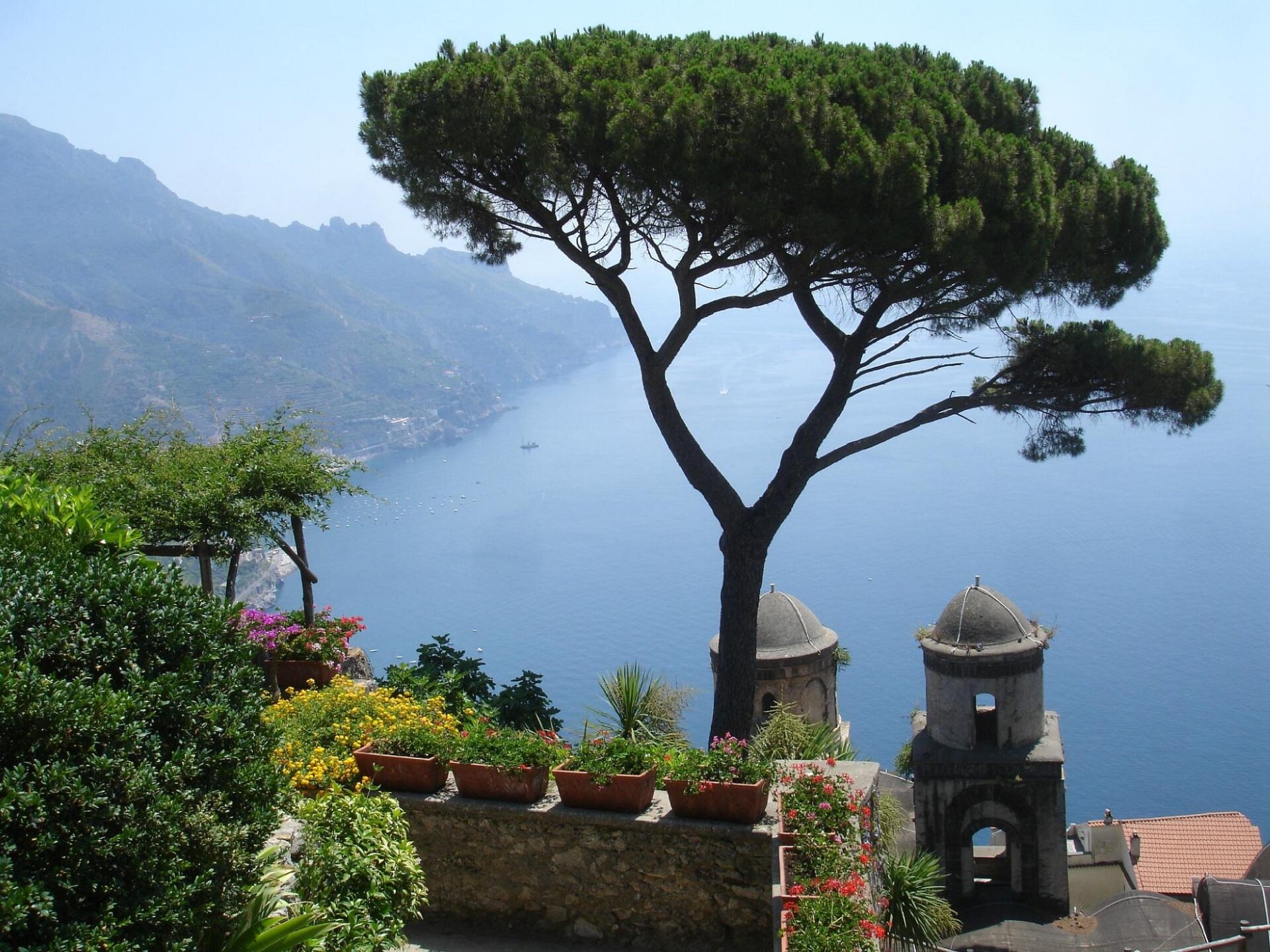
Image Source: Tripadvisor
The villa blends Norman, Arab, Sicilian, and Renaissance styles. Inside, I wandered through beautiful cloisters and admired intricate mosaics.
If you’re around in summer, don’t miss the Ravello Festival. Performances in Villa Rufolo’s gardens, with musicians playing against the endless blue sea, create a scene you won’t forget.
Hidden Gems: Conca dei Marini, Emerald Grotto, and Furore
Conca dei Marini, tucked between the more famous towns, hides treasures like the Santa Rosa monastery, birthplace of the delicious sfogliatella pastry.
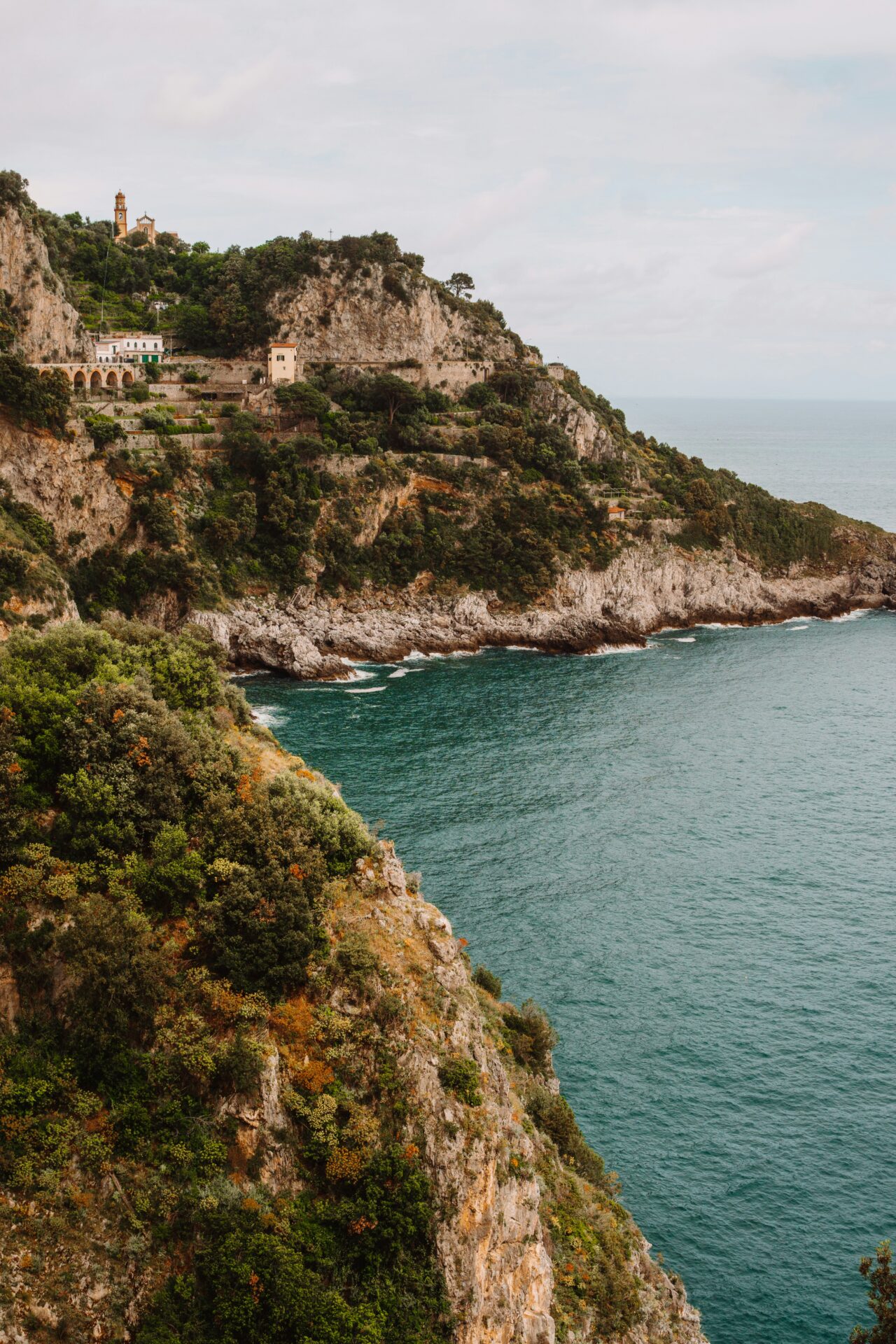
The Emerald Grotto (Grotta dello Smeraldo) blew me away. This sea cave glows emerald when sunlight filters through the water. I hopped in a rowboat to see the otherworldly light dancing on ancient stalactites.

Image Source: Tripadvisor
Furore, called “the town that doesn’t exist,” surprised me with its dramatic fjord. A high bridge spans the narrow inlet, and buildings cling to the cliffs. In summer, the fjord hosts diving competitions—athletes leap from the bridge into crystal-clear waters.
Marina di Praia, Praiano, and the Charms of the Coast
Between Amalfi and Positano sits Praiano, a quieter alternative to its more famous neighbors. The town is known for epic sunsets and the Sentiero degli Dei (Path of the Gods) hiking trail.
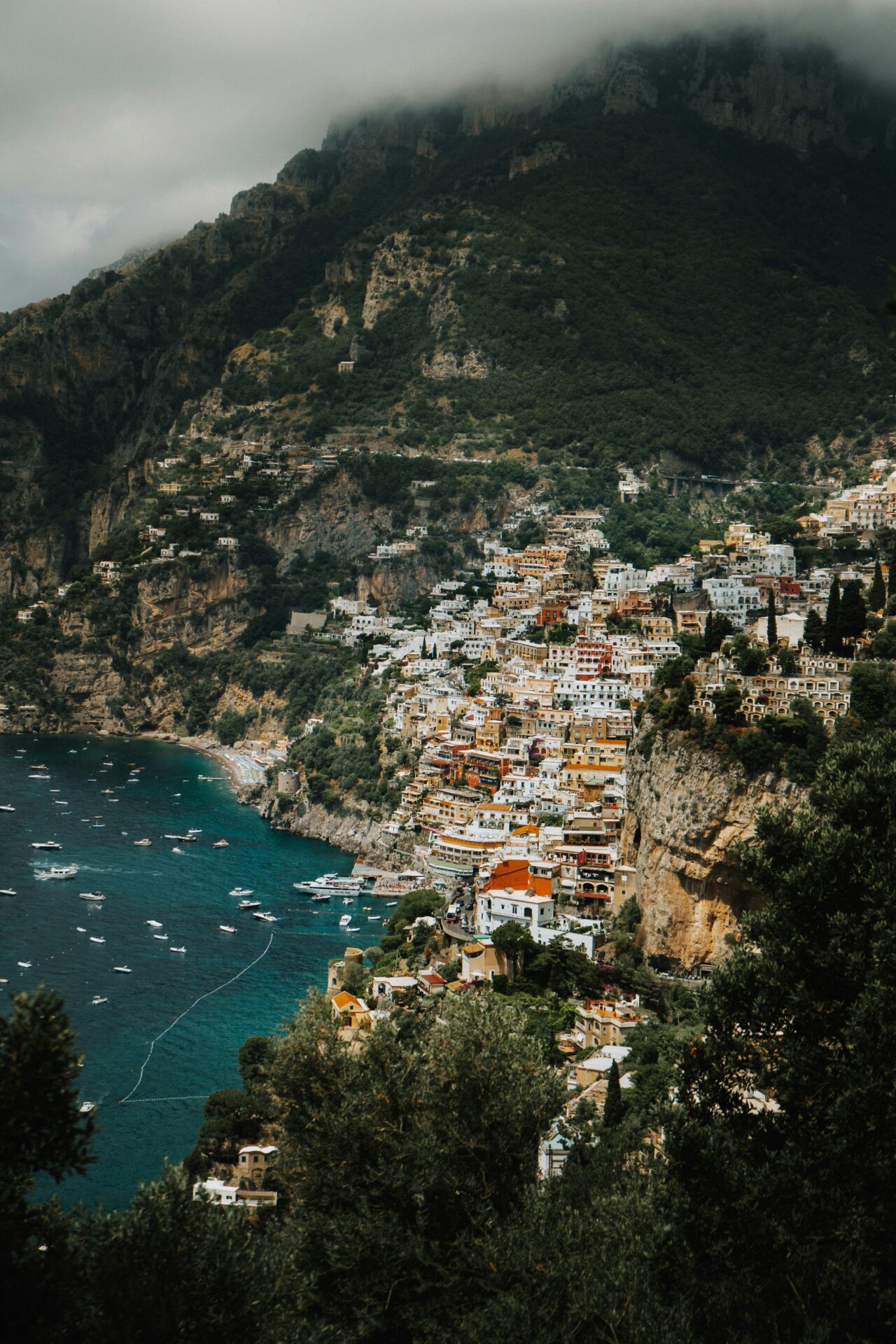
Marina di Praia charmed me with its hidden pebble beach at the bottom of a deep valley. Cliffs tower overhead, and colorful fishing boats bob in the water. I found some of the best seafood restaurants here, serving up the freshest catch.
Praiano itself moves at a slower pace, with whitewashed houses and the beautiful Church of San Gennaro topped by a majolica dome. The town’s high position gives you sweeping views of Positano and Capri.
At night, I wandered Praiano’s quiet streets, stumbling upon small bars where locals gather and artists display their coast-inspired work.
Living the Amalfi Coast Experience: Culture, Cuisine, and Modern Inspirations
The Amalfi Coast isn’t just about stunning scenery—it’s a lifestyle. Here, ancient traditions blend with modern luxury.
During my visits, I realized that truly experiencing Amalfi means diving into its culture, tasting its unique flavors, and soaking up the atmosphere that’s drawn artists and travelers for generations.
Savoring Limoncello and Flavors of the Region
You can’t miss the lemons when you arrive in Amalfi. Lemon groves spill down the hills, producing the famously sweet sfusato lemons that go into Amalfi’s legendary limoncello.
I’ve watched local producers steep lemon peels in alcohol, then mix in simple syrup to make this bright digestif.
The coastal cuisine here is unforgettable. Fishermen pull fresh seafood from the Mediterranean every day, often served with pasta or cooked acqua pazza style (poached in “crazy water” with tomatoes and herbs).
Don’t skip these specialties:
- Scialatielli ai frutti di mare (handmade pasta with seafood)
- Delizia al limone (lemon sponge cake)
- Fresh colatura di alici (anchovy sauce from Cetara)
Hotel Santa Caterina and Glamorous Hospitality
Hotel Santa Caterina, perched on the cliffs, sets the standard for Amalfi hospitality. This family-run spot has welcomed guests since 1904, mixing old-world charm with modern comforts.
During my stay, the terraced gardens and private beach club (reached by elevator through the rock!) left me speechless.
The terraces serve up jaw-dropping views, along with regional dishes made from the hotel’s own garden. What really makes Santa Caterina special is the staff—they greet you by name and remember your preferences from the get-go.
You’ll find similar luxury experiences in Positano and Ravello, where historic villas have become boutique hotels that still feel aristocratic.
Discovering Amalfi Through Adventures and Private Transfers
Getting around the coast takes planning. I learned that private transfers are worth every euro—the narrow roads require skill, and a local driver doubles as a guide with plenty of stories.
If you’re feeling adventurous, the Path of the Gods (Sentiero degli Dei) offers an unforgettable hike with sweeping views. The trail links mountain villages between Bomerano and Nocelle, giving you perspectives you just can’t get from the road.
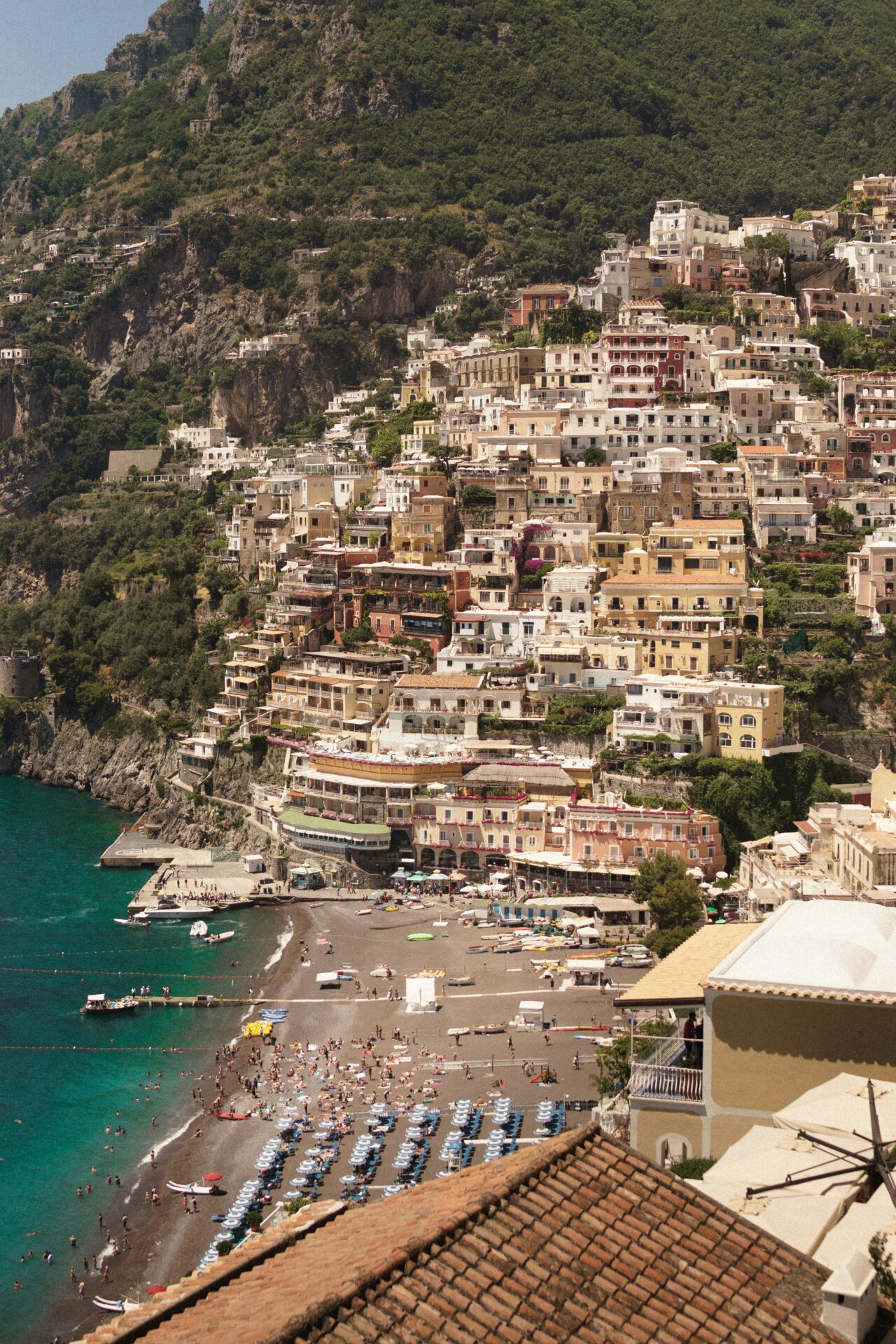
Water adventures open up a whole new world. I booked a private boat tour from Amalfi’s marina to explore hidden coves and the emerald grotto. We stopped for swims in clear water and had lunch at seaside spots you can only reach by boat.
Gore Vidal, Ravello Festival, and the Spirit of Capri
The Amalfi Coast has always called out to creative souls. American writer Gore Vidal made Ravello his home for decades, saying the view from his Villa La Rondinaia was “the most beautiful in the world.” His presence helped turn the area into a cultural haven.
Every summer, the Ravello Festival transforms Villa Rufolo’s gardens into a concert hall. I caught a classical performance where the stage seemed to float above the sea—music and landscape blending perfectly.
Just a quick boat ride away, Capri oozes Mediterranean glamour with its designer shops and famous Piazzetta. The island keeps its artistic spirit alive, a tradition started by Roman emperors who built villas here. I love exploring Capri’s quieter corners before the day-trippers arrive, searching for the authentic side beyond the glitz.
Gateway to the Amalfi Coast and Beyond
Amalfi makes an ideal base for exploring the coastline and nearby cultural gems. From here, you can easily reach cliffside villages, ancient ruins, and some of Italy’s most celebrated spots.
Positano: The Vertical City Nearby
Positano sits just a 25-minute drive from Amalfi and might be the coast’s most photogenic town. Buildings in pastel colors tumble down the mountainside, creating a stunning contrast with the blue sea.
Narrow streets wind through shops selling handmade sandals and linen—perfect souvenirs, if you ask me. I spent hours at Spiaggia Grande, the main beach with its black sand and colorful umbrellas.
For epic views, I suggest hiking the Path of the Gods trail from Positano to Nocelle. The panoramas are absolutely worth the climb. And don’t skip a meal at a cliffside restaurant—fresh seafood pasta and local limoncello are a match made in heaven.
Sorrento and Bay of Naples: Scenic Routes
Even the trip to Sorrento is an adventure, with winding roads offering breathtaking views at every turn. I took the SITA bus along the cliffs, though ferries are a more relaxed option in summer.
Sorrento won me over with its lemon groves, historic center, and views across the Bay of Naples. Piazza Tasso buzzes with life, and I enjoyed gnocchi alla sorrentina at a sunny café.
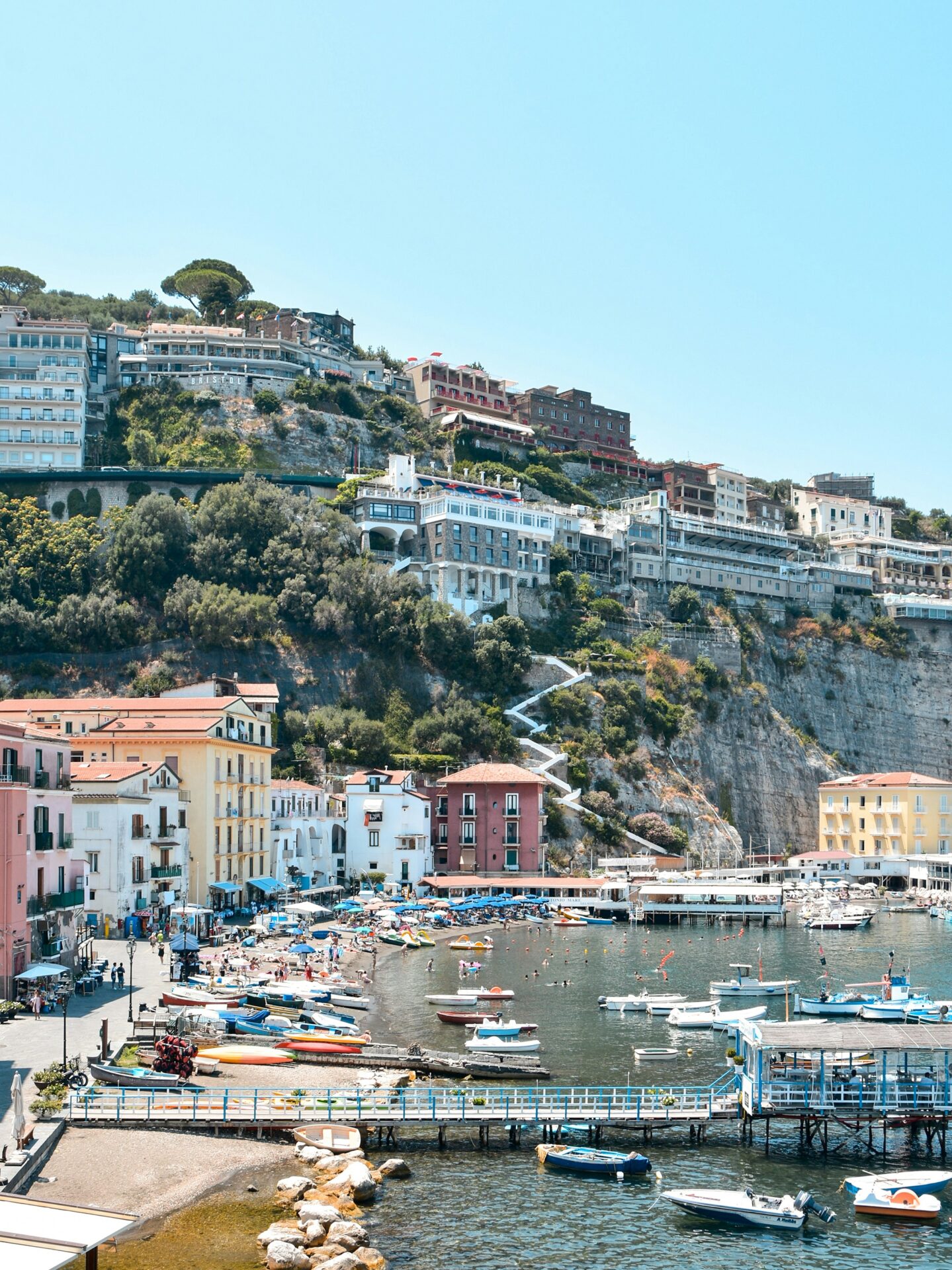
From Sorrento’s harbor, Mount Vesuvius looms across the bay. I recommend a boat tour for unforgettable coastline views. Don’t forget to check out the inlaid woodwork shops—music boxes and furniture here showcase true artistry.
Rome and Pompeii: Cultural Day Trips
Pompeii is an essential day trip, just 1.5 hours from Amalfi. Walking its ancient streets feels like stepping into another era.
The Forum, amphitheater, and remarkably intact homes with original frescoes blew my mind. I hired a guide who brought the city’s history to life, explaining daily routines before Mount Vesuvius erupted in 79 AD.
The plaster casts of victims are haunting reminders of the tragedy.
If you have more time, Rome is reachable as a long day trip or, better yet, an overnight stay. I hopped on the high-speed train from Naples and stood at the Colosseum by mid-morning. You can squeeze in the Vatican Museums, Trevi Fountain, and Spanish Steps in a whirlwind, but honestly, you’ll want to come back for a longer visit.

